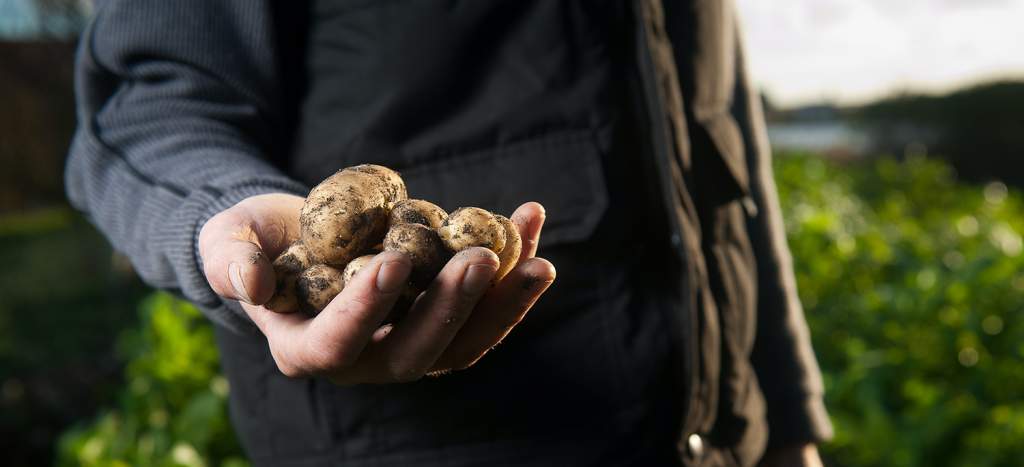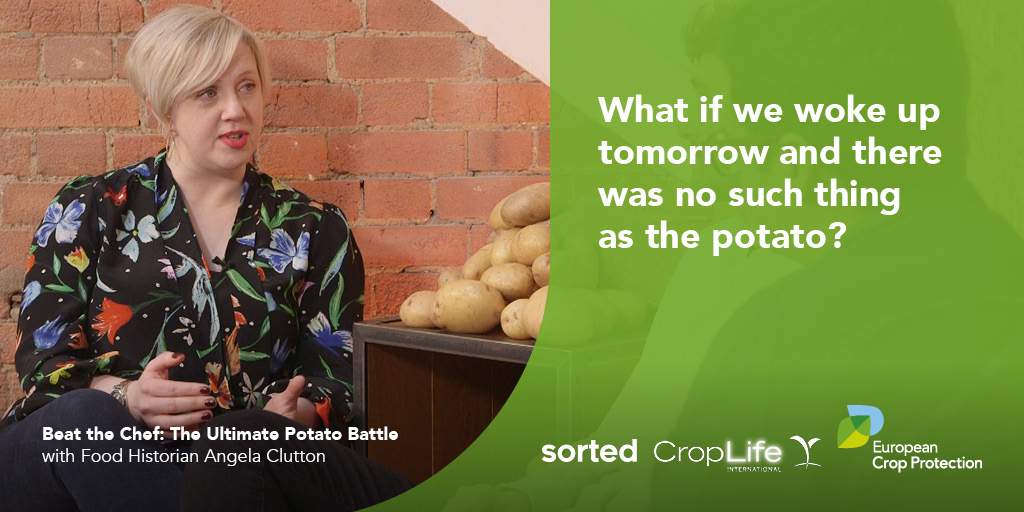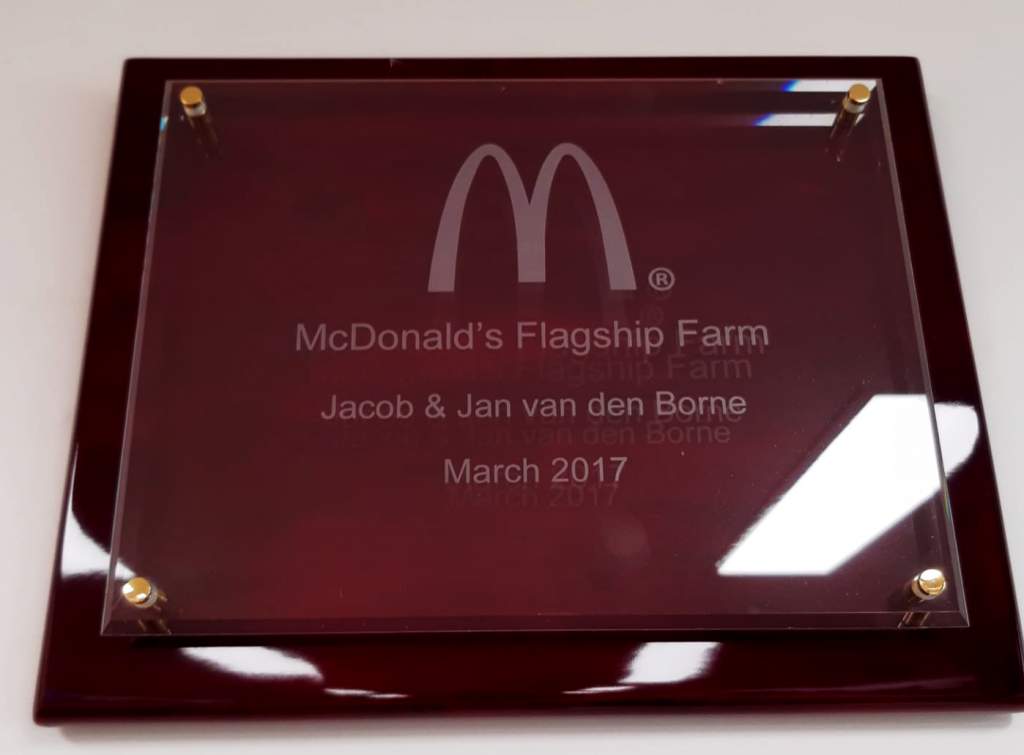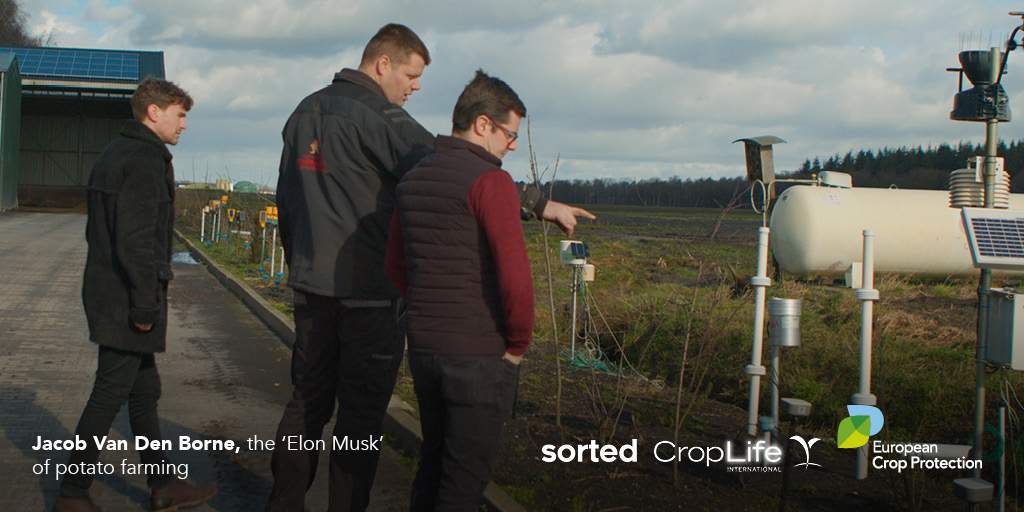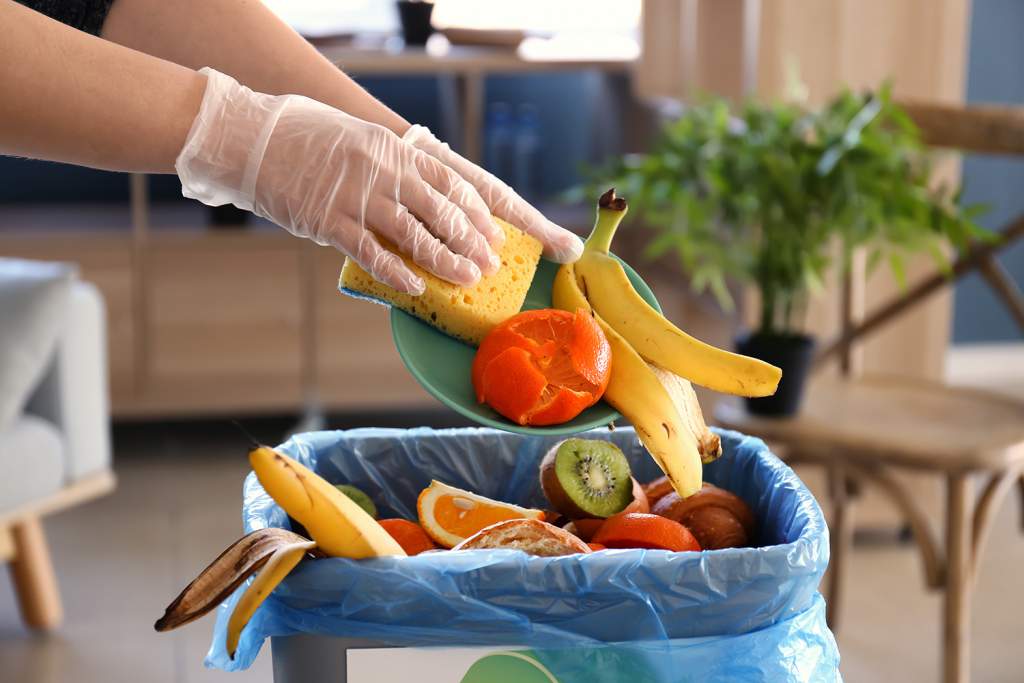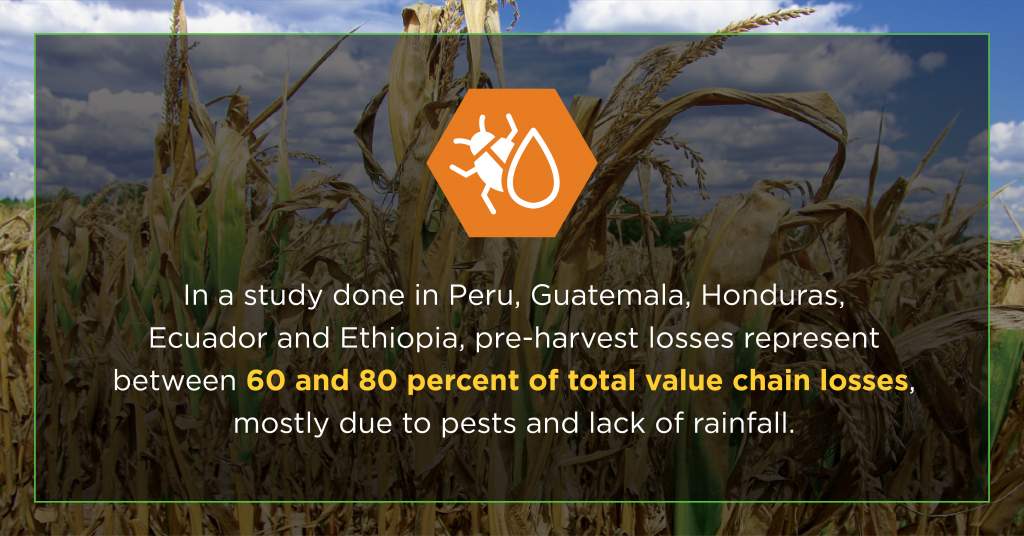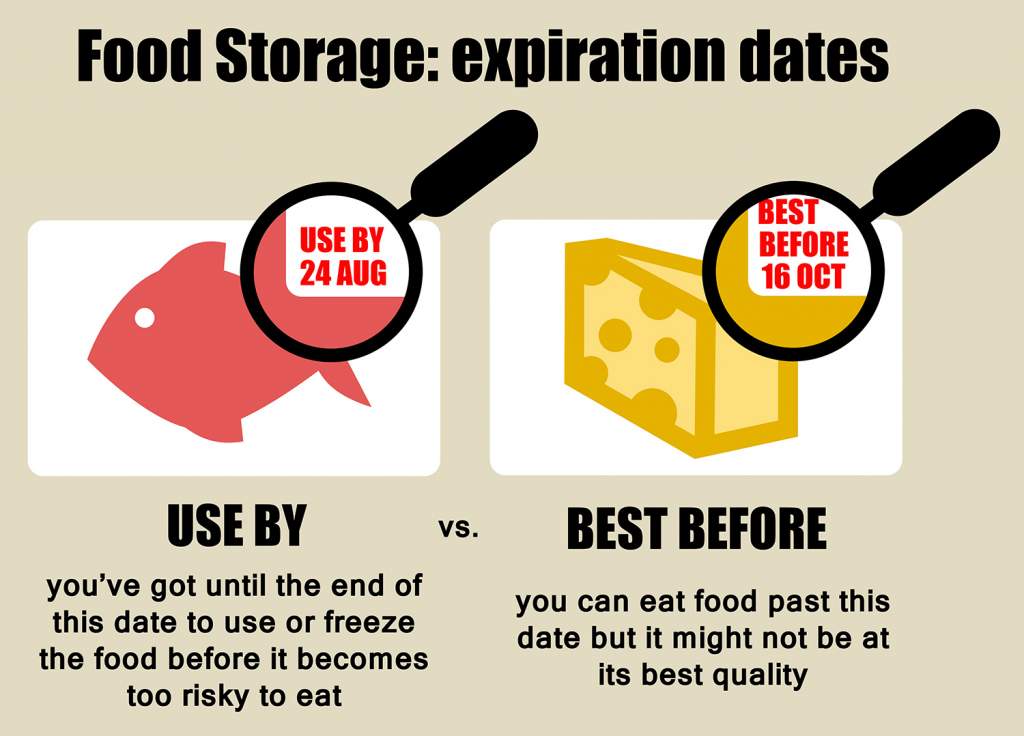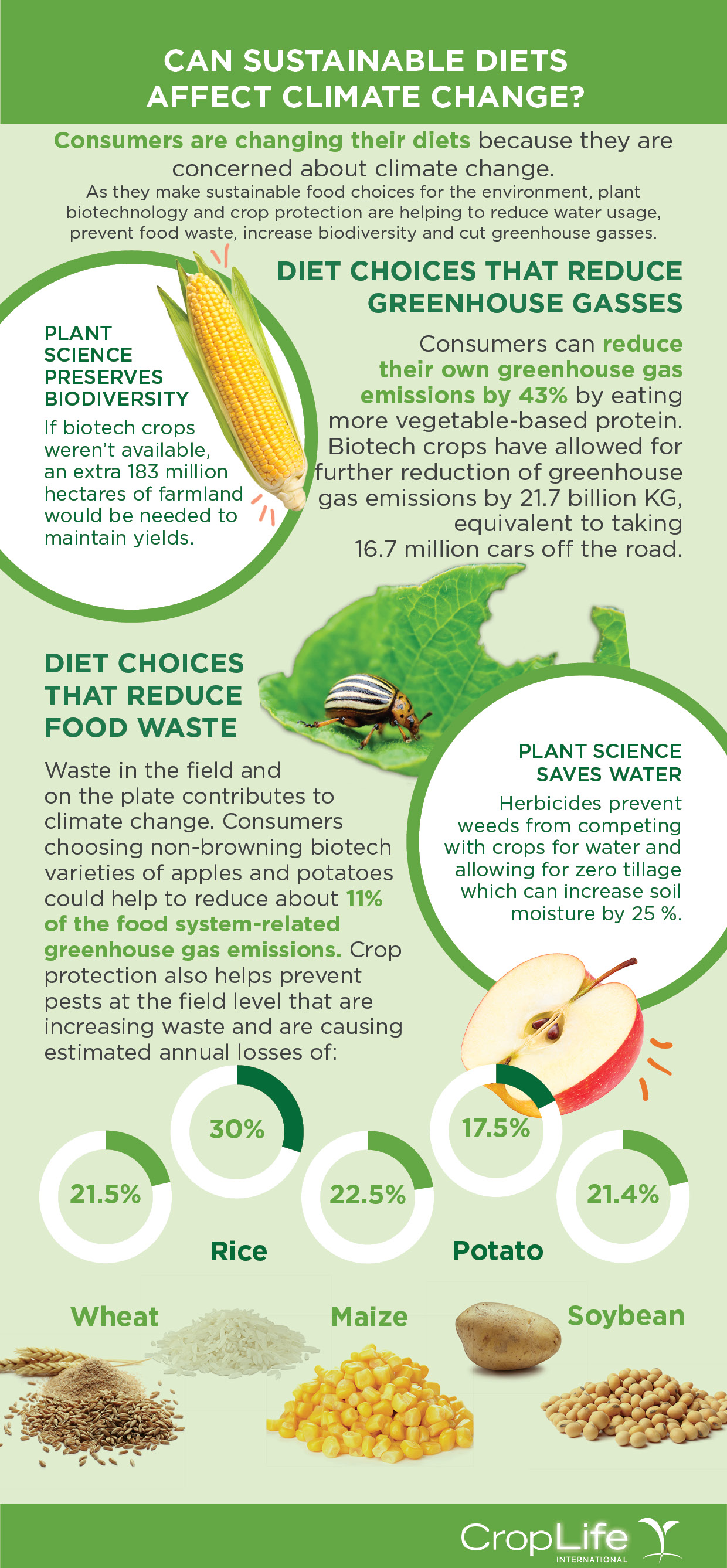By: CropLife International
It’s been 50 years since Norman Borlaug was awarded the Nobel Peace Prize for his contributions to global food security. Over the last half-century, agriculture has leveraged science and innovation to continue the Green Revolution that Dr. Borlaug started to help grow rural communities and agricultural economies, and sustainably feed our population. This year’s recognition of the World Food Programme for the Nobel Peace Prize shows us that there is still much work to be done to achieve Zero Hunger. Farmers globally are challenged with sustainably growing safe and nutritious foods while adjusting to climate change conditions and working to preserve biodiversity and the environment.
Agriculture is moving beyond just improving food security and can significantly help achieve the United Nations Sustainable Development Goals. A new generation of agriculturalists, environmentalists, and changemakers will help shape how agriculture will intersect with not just climate change, biodiversity, and livelihoods, but also social rights including how agriculture can improve equity and access.
The 2020 World Food Prize and International Borlaug Dialogue is taking place in 2020 from October 12 – 16. This year’s theme is “Breaking New Ground: Building Resilience Today for Improved Global Food Systems Tomorrow.”
CropLife International organized a virtual side event to recognize the achievements of Dr. Norman Borlaug and his impact of farming today, with a panel discussing the journey agriculture will take in the next 50 years. Featuring a welcome from CropLife International President and CEO Giulia Di Tommaso, the panel was moderated by Christine Gould, founder and CEO of Thought For Food and member of the Advisory Committee for the UN Food Systems Summit. Panelists included Michael Doane, Global Managing Director for Sustainable Food and Water at The Nature Conservancy, and Cassia Moraes, Founder and CEO of Youth Climate Leaders.
Don’t have time to watch the full event? Please see a summary below of the panelists’ contributions; their respective fireside chats have also been pulled out into separate videos.
Conservation & Sustainable Agriculture: A Discussion with Michael Doane
Creating a balanced, sustainable relationship with nature is critical for feeding a growing global population today and for future generations. Finding that balance is no easy task, but Michael Doane has spent his career working to ensure agriculture can thrive through a sustainable lens.
The Nature Conservancy’s mission is to conserve the land and water that sustains all life on our planet. Michael’s role with The Nature Conservancy is to find ways to scale up conservation outcomes across productively managed farming, ranching and agroforestry landscapes.
CropLife International invited Michael to participate in a virtual fireside chat moderated by Christine Gould. In this interview, Michael highlights that a sustainable relationship with agriculture and nature is not only completely possible, it’s become more mainstream through the adoption of “regenerative agriculture.”
While there is certainly a long way to go, the spark to jumpstart a sustainable restoration agenda exists and is ready to ignite. Watch Michael recount his experiences in advocating for sustainability and share his thoughts on the impact of Dr. Norman Borlaug and the Green Revolution:
Youth Fighting Climate Change: A Discussion with Cassia Moraes
In order to meet our goals in implementing sustainable agricultural practices and mitigating the effects of climate change, we need a grassroots movement. Cassia Moraes’ job is to connect and mobilize youth to grow that movement to fuel progress toward a more sustainable future.
Cassia Moraes founded Youth Climate Leaders, a global youth leadership network dedicated to connecting and organizing youth to fight climate change. Inspired by Al Gore’s An Inconvenient Truth, Cassia has dedicated the better part of the last decade to finding innovative ways to fight climate change.
Cassia sat down with Christine Gould to talk about what the Youth Climate Leaders organization does, how Cassia empowers young people to become climate leaders, and what the plant science industry can to do curb the effects of climate change.
Cassia emphasizes that even though the issue of climate change may seem daunting and overwhelming, anyone can make a difference on the individual level to help mitigate its effects — and this growing movement is cause for optimism. Watch Cassia recount her experiences in advocating for sustainability and share her thoughts on the impact of Dr. Borlaug and the Green Revolution:
Farming Perspectives: Looking to the Future
The side event was organized in partnership with the Global Farmer Network (GFN) and featured a short video interview with two young farmers who work with the Global Farmer Network: Ruramiso Mashumba, Farmer in Marondera, Zimbabwe and Diego Guigou, Agronomist in Dolores, Uruguay. They spoke about the major challenges facing food and feed production today, and what steps can be taken to ensure agriculture continues to flourish in the future.
Click here to read the full interviews with Ruramiso and Diego.

